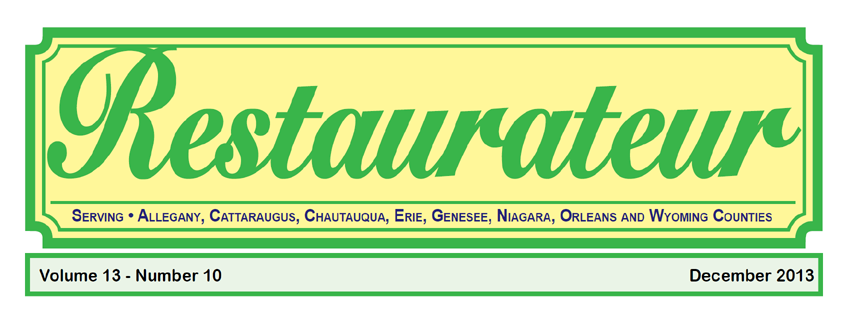
 Cash Versus Accrual Accounting
Cash Versus Accrual Accounting

You are sitting in your office reviewing last month’s Profit and Loss Statement. You glance at the bottom line and think, we did really well! But before you congratulate your staff on the great job they did, you notice some odd numbers when reviewing detailed accounts. Food Cost is a very low 22%, Wine Cost is 12%, Payroll is 25%, and Electric is $0. Something is wrong.
You call your Bookkeeper into your office and ask him to explain. “The P&L is correct,” he replies. “All payments were posted to the General Ledger.” “What about the big meat and seafood invoices for the big wedding on the last day of the month?” you ask. “And there was a big wine invoice for very expensive champagne that the bride wanted. How about the electric invoice? With the heat wave, it must almost be double the usual amount. And with all the staff we used for the wedding, Payroll should be much higher.”
“I received those invoices just before month end”, the Bookkeeper explained. “They aren’t due until the tenth of this month so I have plenty of time to pay them. Those invoices will appear on next month’s P&L. Also, the month ended on Friday so the last few days of payroll will be recorded next month.”
Back in your office you think, technically the Bookkeeper may be correct, but how can I manage my business if the expenses aren’t matched to the revenues?
That is the problem with the Cash Accounting method. While the Internal Revenue Service will accept this method on your tax return, it may not provide useful information for managing your business.
In the Accrual Method of Accounting, the Bookkeeper records revenues in the month they are earned and expenses in the month they are incurred. Thus, if you receive product near month end for events that occur prior to month end, the expenses would be recorded in the current month even though they may not be paid until the following month. Likewise, a large utility bill or other expenses would be recorded in the month the expenses were incurred, even if not paid until the following month. The Payroll for the last few days of the month will be recorded in the current month even though paid the following week. Thus, the P&L will reflect the cost of generating the revenues for the month.
When reviewing the P&L, the operator should check Food Cost, Beer Cost, Liquor Cost, Wine Cost, and Payroll to ensure their percentages are reasonable. Also, she should review operating expenses to make sure large monthly recurring expenses have been recorded. Check any questionable amounts with the Bookkeeper to ensure that he has recorded all expenses incurred in the days prior to month end.
By ensuring all relevant costs have been recorded, you can be confident that the P&L properly reflects how your operation performed. Using an accurate P&L will allow you to make management decisions based on good information.
(RETURN)
